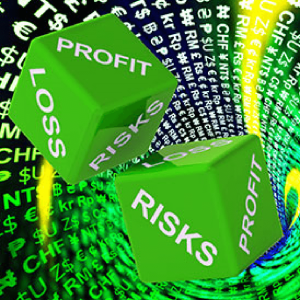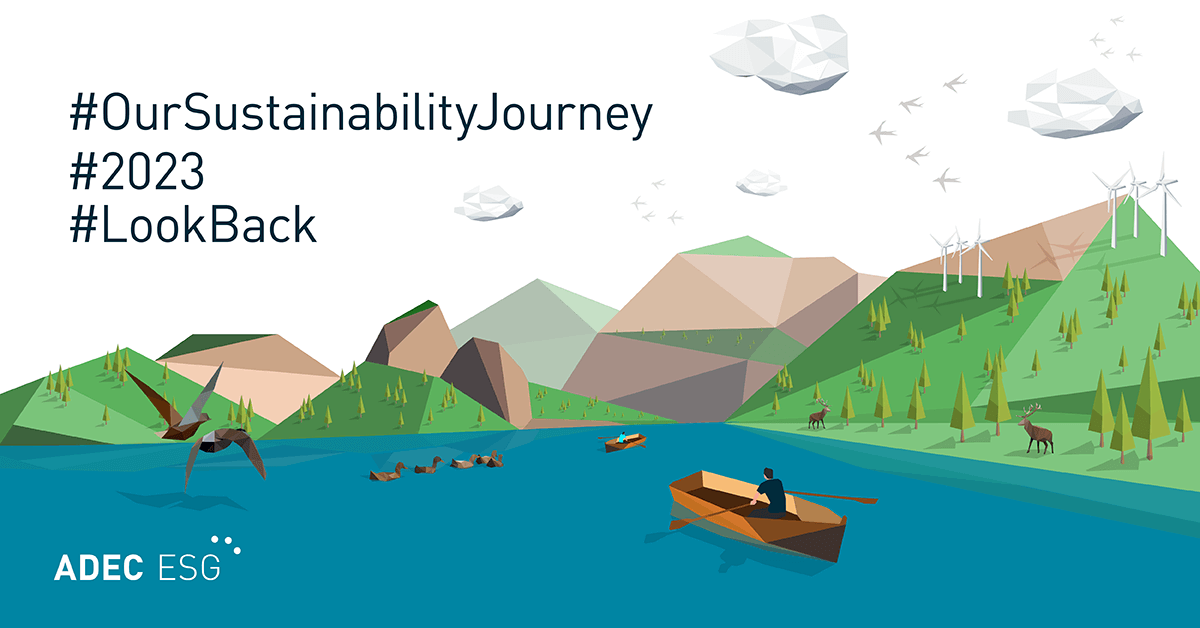Business risks come in three varieties: known risks, unknown risks, and unknown unknown risks. The latter two present the greater challenge to identify. Unknown risks are those not readily or typically linked with a particular industry or project type but become revealed through a deliberate identification process. The third variety is elusive by nature. An example of this was the Icelandic volcano eruptions in 2010 that disrupted air cargo transport between Europe and Asia causing supply chain disruptions and manufacturing plants to temporarily shutdown. This was an unknown unknown risk.
 INTRODUCTION
INTRODUCTION
Sustainability reporting is the practice of measuring, disclosing, and being accountable to internal and external stakeholders for organizational performance towards the goal of sustainable development. This is a broad term considered synonymous with others used to describe reporting on economic, environmental and social impacts (e.g., triple bottom line, corporate responsibility reporting, etc.).
The environmental dimension of sustainability concerns an organization’s impacts on living and non-living natural systems, including ecosystems, land, air and water. Environmental Indicators cover performance related to inputs (e.g., material, energy, water) and outputs (e.g., emissions, effluents, waste). In addition, they cover performance related to biodiversity, environmental compliance, and other relevant information such as environmental expenditure and the impacts of products and services.
THE RISE OF ENVIRONMENTAL COMPLIANCE
The overarching goal of sustainable development to meet the needs of the present generation without comprising the ability of future generations to meet their own needs presents an ever-increasing array of implementation choices and opportunities resulting from technology and knowledge sharing, among others.
 This new knowledge on sustainable development has the unintended, but potentially beneficial consequence of focusing on the use of natural resources, which could affect everyone now and in the future. One significant tool in revealing the risks and threats is reporting on environmental compliance. Environmental compliance reporting, specifically risks and threats, provides transparency to company investors, product end-users, social impacts and other market relations. The Global Reporting Initiative provides an excellent reporting framework.
This new knowledge on sustainable development has the unintended, but potentially beneficial consequence of focusing on the use of natural resources, which could affect everyone now and in the future. One significant tool in revealing the risks and threats is reporting on environmental compliance. Environmental compliance reporting, specifically risks and threats, provides transparency to company investors, product end-users, social impacts and other market relations. The Global Reporting Initiative provides an excellent reporting framework.
RISK REDUCTION RELEVANCE
Risk reduction becomes relevant for a company seeking to locate a new manufacturing plant in a semi-rural area that is adjacent to a protected wildlife biodiversity sanctuary. By submitting to environmental compliance reporting, the following sample of known risks can be identified and unknown risks would be revealed and become transparent:
- Requirement to monitor the project site and biodiversity sanctuary for impacts to wildlife populations
- Evaluation of environmental impacts of a manufacturing plant on the wildlife biodiversity sanctuary
- Restricted activities on the new manufacturing plant
- Permitting and entitlement requirements, including long-term operating conditions
- Ability to assess the company’s reputation on commitment to sustainable development
- Involvement of key stakeholders
Using environmental compliance, even in advance of the actual entitlement and construction, would have the potential to reveal the elusive unknown unknown risks.
MINI CASE STUDY
Sonoco (Formerly Associated Packaging Technology), a multi-national company with facilities in the United States, Canada and Ireland required verification of its GHG footprint compliance prior to submission to the Carbon Disclosure Project (CDP). FirstCarbon Solutions provided them strategic business approaches, which included regulatory risk compliance. Sonoco received a favorable CDP score establishing them as a responsible and credible industry leader in environmental regulatory compliance.
 SUMMARY
SUMMARY
In the new world of sustainable development, environmental compliance and sustainability reporting, the following becomes essential:
- Sustainability reporting
- Implement a robust, thorough and complete risk identification process
- Create a risk register
Key Performance Indicators, or KPIs, should also be developed for business sectors, which would focus on the sustainability data that is most material to most stakeholders and enable corporate management, investors and other stakeholders to encourage improvements in the most important aspects of a company’s sustainability performance.
Business risk comes from numerous sources and in three varieties. With businesses now incorporating sustainability into their models and practices including subsequent reporting, it is critically important to team with a knowledgeable partner. FirstCarbon Solutions transforms these compliance initiatives into opportunities for growth and sustainability for your company. To find out how our team can assist, just click the button below.





